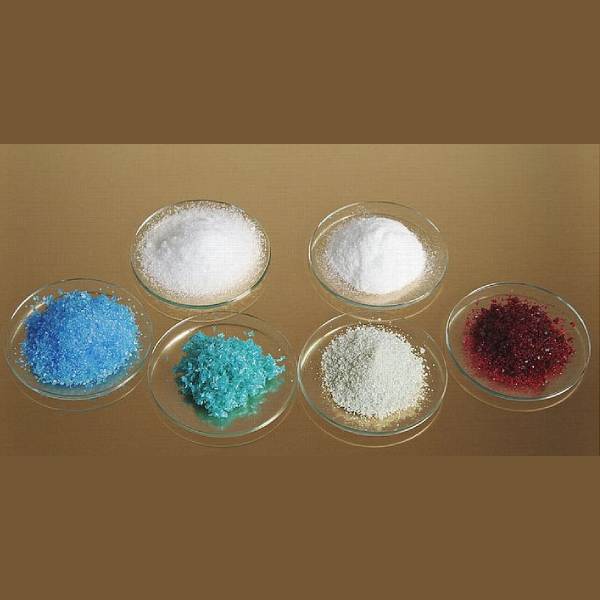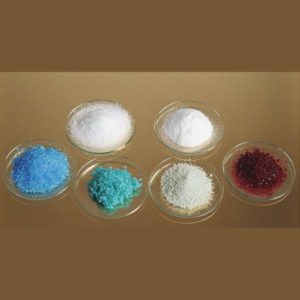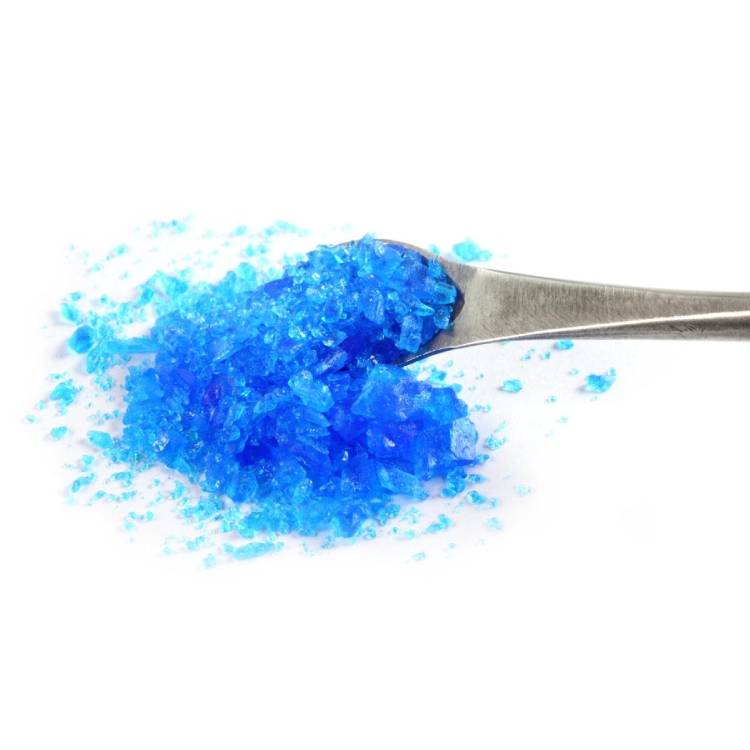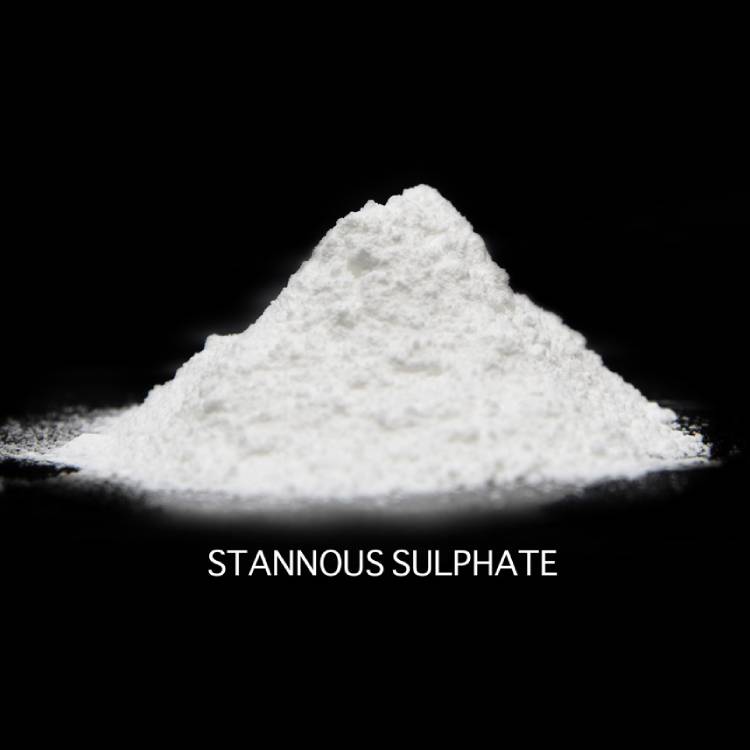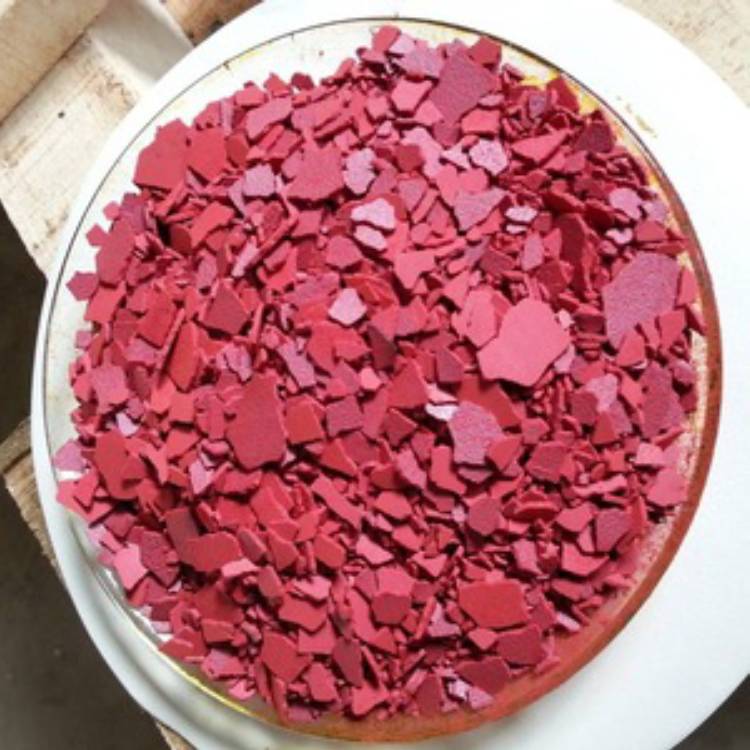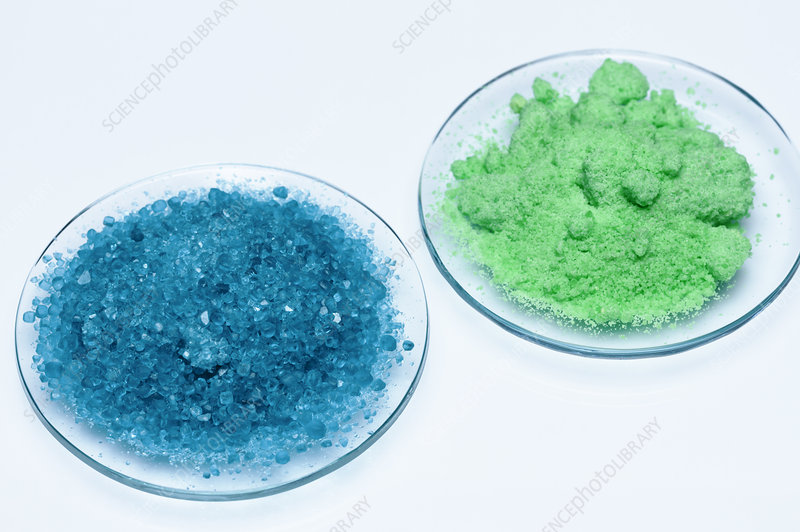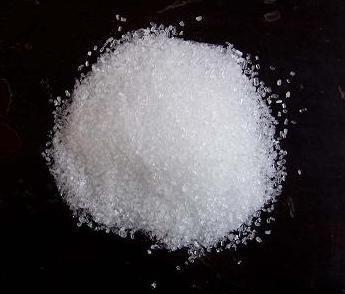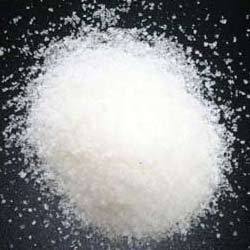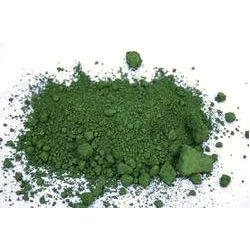Zinc Powder(Zinc Dust)
Zinc Dust is powdery metallic zinc in varying mesh sizes that collects as a bluish gray powder during distillation of zinc and that is used chiefly as a reducing agent, as a pigment in corrosion-resistant coatings for iron and steel, and in zinc coatings. Zinc Dust is utilized for many different purposes in various fields. It’s mainly used in galvanizing as an anti-corrosion substance in steel, in die casting of precision components; in making brass; in making paints; in medicine and cosmetics; and as micro nutrients for animals, plants and humans.


